-
Welcome to Tundras.com!
You are currently viewing as a guest! To get full-access, you need to register for a FREE account.
As a registered member, you’ll be able to:- Participate in all Tundra discussion topics
- Transfer over your build thread from a different forum to this one
- Communicate privately with other Tundra owners from around the world
- Post your own photos in our Members Gallery
- Access all special features of the site
P0455 evap leak code problem tried everything nothing is working
Discussion in '1st Gen Tundras (2000-2006)' started by Brettlive, Feb 22, 2024.


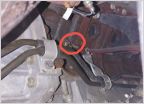 Overheated - Fixed :)
Overheated - Fixed :)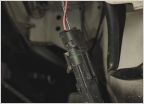 Flickering fog lights
Flickering fog lights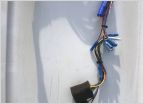 2000-2002 Radio wiring harness source?
2000-2002 Radio wiring harness source?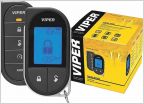 Remote Start system?
Remote Start system?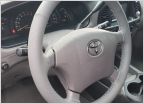 Wheel wrap
Wheel wrap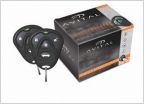 Remote starters. Any real difference?
Remote starters. Any real difference?














































































